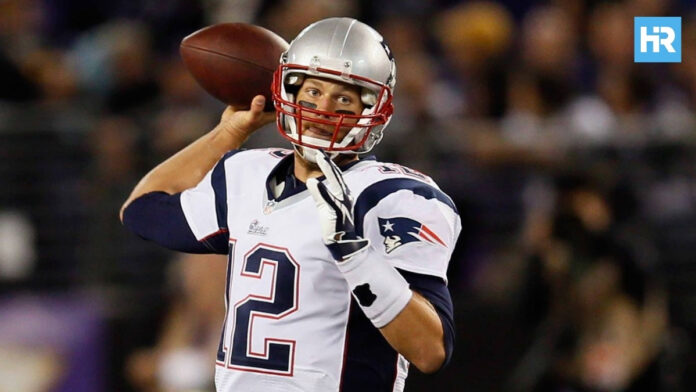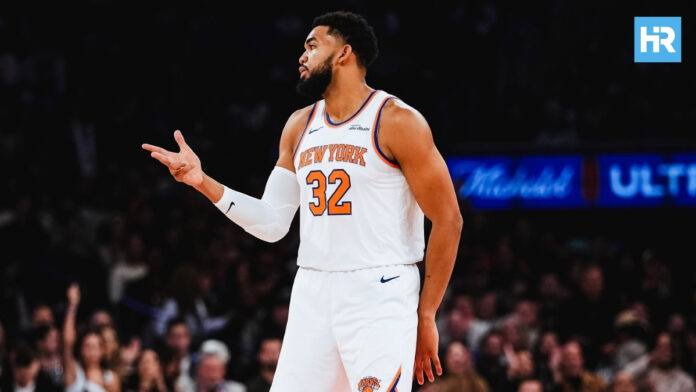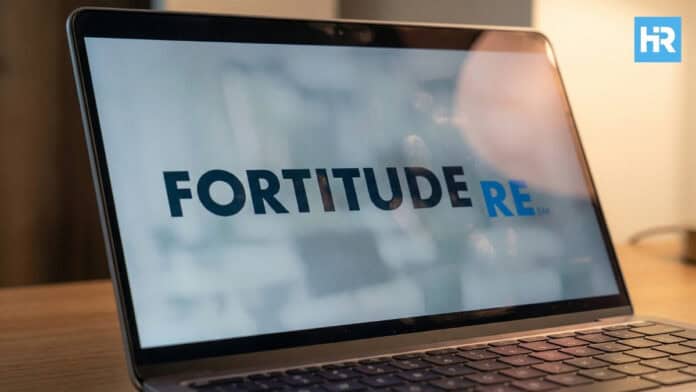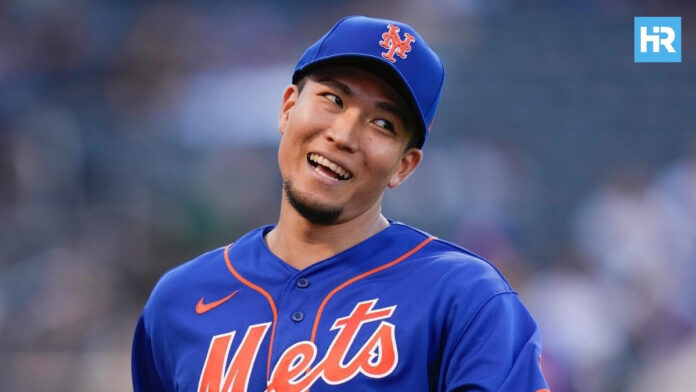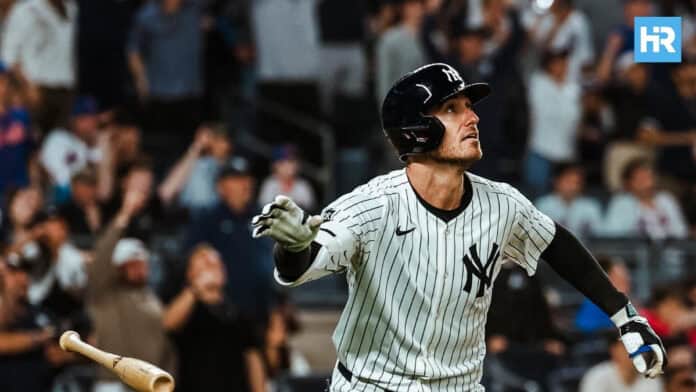Brian Cashman arrived Sunday, December 7, 2025, at the MLB Winter Meetings at the Signia by Hilton Orlando Bonnet Creek, facing familiar questions about payroll, roster construction, and expectations. Despite public comments from owner Hal Steinbrenner that it would be “ideal” to reduce payroll, Cashman said no hard spending limit has been set.
“The last time I spoke with you guys, I told you that Hal hadn’t given me a drop-dead number and that’s still the case,” Cashman said. “Hal’s exact words to me continue to be, ‘Take everything that’s out there to me,’ which I will continue to do.”
- Brian Cashman said Hal Steinbrenner has not set a fixed payroll cap and continues to ask that all potential moves be presented to ownership.
- The Yankees are seeking better lineup balance, bullpen depth, and pitching support while relying on a 94-win roster that led MLB in runs and home runs.
- Cashman directly refuted Sonny Gray’s criticism of the Yankees, recounting detailed conversations and events from Gray’s time in New York.
Payroll Context, Team Confidence, and Market Expectations
The Yankees finished last season with a payroll of approximately $319 million and are projected to be around $283 million heading into the upcoming year. Cashman said Steinbrenner has not instructed him to reduce payroll from last season’s level, and pointed out that the team increased spending at the trade deadline despite already exceeding the highest luxury tax threshold. The top competitive balance tax threshold for the coming season is $304 million.
Cashman reiterated his confidence in the roster after a 94-win season that ended with an American League Division Series loss to the Toronto Blue Jays. New York led Major League Baseball in both runs scored, with 849, and home runs, with 274.
“First and foremost, let’s start with the premise that we have really good players on this roster,” Cashman said. “We are covered in most all areas that you need to be covered.”
That internal confidence aligns with how the team is being priced publicly. Across major sportsbooks, including DraftKings, FanDuel, BetMGM, and Caesars, the Yankees are listed near the top of the 2026 World Series futures. Most markets place New York between +700 and +750 to win the championship, second only to the Los Angeles Dodgers, with some books offering prices as long as +850.
Bellinger Talks and a Left-Handed Lineup Issue
Cashman confirmed continued discussions with Scott Boras, the agent for Cody Bellinger, and said a reunion remains possible. He last spoke with Boras on Saturday and described Bellinger as a fit based on versatility and production.
“Cody Bellinger would be a great fit for us,” Cashman said. “I think he’d be a great fit for anybody.”
Lineup balance is a central concern. Austin Wells, Ben Rice, Jazz Chisholm Jr., Ryan McMahon, and Trent Grisham all bat left-handed. Switch-hitter Jasson Domínguez owns a .136 career average and a .530 OPS against left-handed pitching.
“I acknowledge that we are left-handed dominant throughout our lineup,” Cashman said. “So to get more choices for our manager would be a great thing for us to do.”
If Bellinger does not return, the Yankees could fill left field internally. Domínguez is the current favorite, while Spencer Jones is expected to compete during spring training.
“We’re very high on Domínguez and what he brings to the table,” Cashman said. “I think there’s a lot more to come.”
Pitching Injuries, Bullpen Losses, and Their Impact
The Yankees expect to begin the season with a short-handed pitching staff. Carlos Rodón, who underwent left elbow surgery in October, is projected to return in April or May. Gerrit Cole, who had Tommy John surgery on his right elbow in March, is tracking toward a return in late May or June.
The bullpen also requires attention after the departures of Devin Williams and Luke Weaver. Cashman said he never made Williams an offer before the reliever signed a three-year, $51 million deal with the Mets.
Those injury timelines and bullpen losses correspond with a modest drift in Yankees futures odds from shorter prices earlier in the year to their current +700 to +850 range, even as they remain near the top of the market.
Trade Flexibility and Cashman’s Response to Sonny Gray
Cashman said the Yankees are open to “challenge trades,” describing them as exchanges of established talent for established talent. He referenced the 2012 deal in which the Yankees acquired Michael Pineda for Jesus Montero as an example, while acknowledging that such trades are difficult due to his belief in the current roster.
“Our division is the toughest division in baseball,” Cashman said. “It typically is — the beast of the East. We know our work is cut out for us. But the job is to try to add to it.”
Cashman also addressed comments made by Sonny Gray after the pitcher’s recent trade from St. Louis to Boston. At his introductory Red Sox press conference, Gray said it “feels good” to be somewhere “where… it’s easy to hate the Yankees,” and added that he did not feel allowed “to go out there and be Sonny” during his time in New York.
Cashman said those feelings were never communicated until after the 2018 trade deadline had passed.
“That’s when he told me he never wanted to be here. He hates New York, this is the worst place, he sits in his hotel room — he told me all this stuff,” Cashman said.
According to Cashman, Gray had previously expressed enthusiasm about joining the Yankees, including through messages relayed by his college roommate at Vanderbilt, who later worked as the Yankees’ minor league video coordinator. Cashman said Gray later admitted that enthusiasm was staged at the advice of his agent, Bo McKinnis, to protect his free agency.
After the 2018 season, the Yankees traded Gray to Cincinnati for minor league infielder Shed Long Jr. and a competitive balance draft pick. Gray went 15–16 with a 4.51 ERA in 41 games, including 34 starts, during his Yankees tenure.
The Red Sox are scheduled to visit Yankee Stadium from June 5–7 and August 28–30 in 2026, renewing the rivalry.



